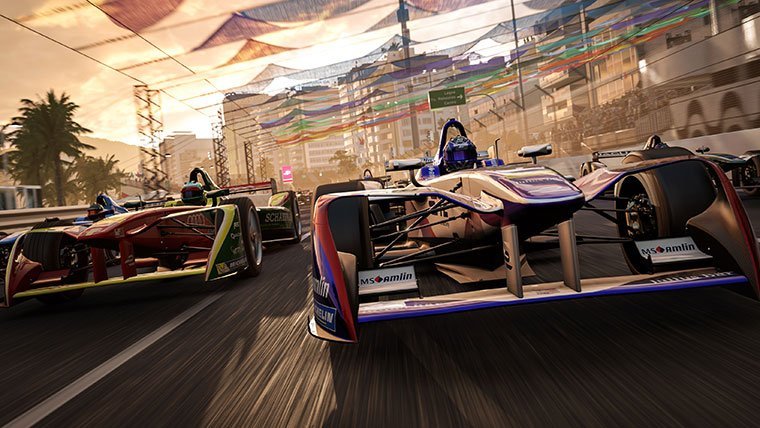Microtransactions have never been a bigger or more important part of the video game world. It seems like every major release features them and utilizes them as a major revenue source for the developer, often in addition to the standard $60 price tag. Yet, as I’ve seen these things envelop the gaming landscape, I can’t help but think that we’re on the verge of a reverse course. The pendulum has certainly swung in favor of microtransactions, but pendulums eventually swing back. It feels like that might be happening right now, so are we about to witness the death of microtransactions as we know them?
Again, it’s important to point out that right now in early October of 2017, microtransactions have never been more prevalent. Each day brings news of a new game adding them, or the announcement of how they’ll work in the next big AAA release. But at the same time, we’re starting to see how gamers are reacting. Months ago there was a vocal minority who complained about microtransactions, especially when they became a part of already paid experiences. Today that minority has grown significantly larger, and the voices in opposition are much, much louder.
Why is this happening? Precisely because we’ve never been more inundated with microtransactions. The feature isn’t inherently a bad thing. In fact, they can be used to create very good games, and support them in fantastic ways. Look at the Arcades of the 80’s, which were essentially supported via microtransactions. For a more modern take, just look at a game like Pokemon Go, which allows players to buy items, but doesn’t force them on the player. It’s admittedly tough to come up with more and better examples, because microtransactions have been used so poorly by most developers, but the idea isn’t necessarily bad. It has, for the most part, been used poorly within video games though.
The real problem with microtransactions is how these things incentivize poor game design. By offering players the ability to cut corners just by paying a couple of dollars, game designers are given incentive to fill their games with as many corners as possible. Some have succumbed to this temptation, while others have fought it successfully. However, there’s many more developers in the former group than the latter.

Recently, a few major releases stirred up controversy with just how egregious their microtransactions were. NBA 2K18 and Forza Motorsport 7 both released in the last couple of weeks, and both titles have angered fans and caused a ton of frustration due to how they have implemented microtransactions. It’s gotten so bad that review scores have been impacted, and fans have pledged boycotts. Now, have sales or overall revenue been impacted? We don’t know. However, these incidents have made gamers, especially those in the mainstream, much more aware of microtransactions and how they impact the games that they play.
If gamers want to be a part of the death of microtransactions, then maybe it’s up to them to close their wallets
One set of microtransactions that shows no sign of letting up is the loot crate mechanic. This has been added to nearly every multiplayer game out there, allowing players to unlock items by opening crates with random things inside. This can be game breaking, but if it sticks to cosmetic items like in CS:GO, PUBG, and Rocket League it is mostly innocuous. However, even this field is ripe for a crash.
The issue is that these systems are so close to gambling as to be almost indistinguishable. Players pay real money to get a random result, which often can be sold for even more money. Extremely rare items, such as weapon skins in CS:GO and clothing in PUBG can be sold for hundreds, or even thousands of dollars. Players often exploit the game’s systems to earn as many crates or keys as possible in order to earn the most amount of money. And let’s not even get into the possibility that these systems are being used for more nefarious purposes, which is a strong possibility.
These systems are only getting more and more popular, and the controversy surrounding them is still rather tepid, unless you run in the more hardcore gaming circles. So, what could cause them to fade? All it will take is a little bit bigger controversy than what we saw with the CS:GO gambling sites and the government will come down on these things like Mankind coming down on an announcer’s table after being thrown off Hell in a Cell in 1998.
This is all speculation, yes, but it does feel like we’re at a turning point when it comes to microtransactions. This turning point could be good, or it could be very, very bad. Of course, for game developers and game players these two options are pretty much the exact opposite of each other. Gamers are mostly tired of all the microtransactions, to the point that even the simple ones are viewed as an anathema. It’s gotten to the point where the announcement that a game won’t have them is cause for celebration. Yet they keep getting used for a reason: they make tons of money. If gamers want to be a part of the death of microtransactions, then maybe it’s up to them to close their wallets.







